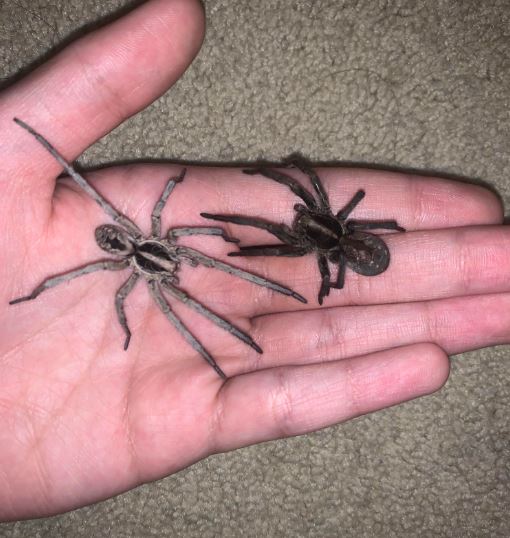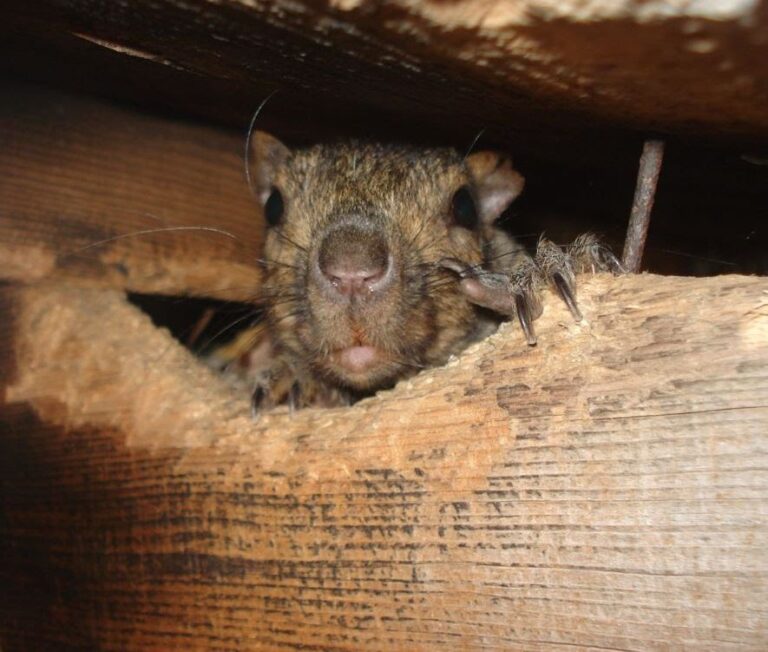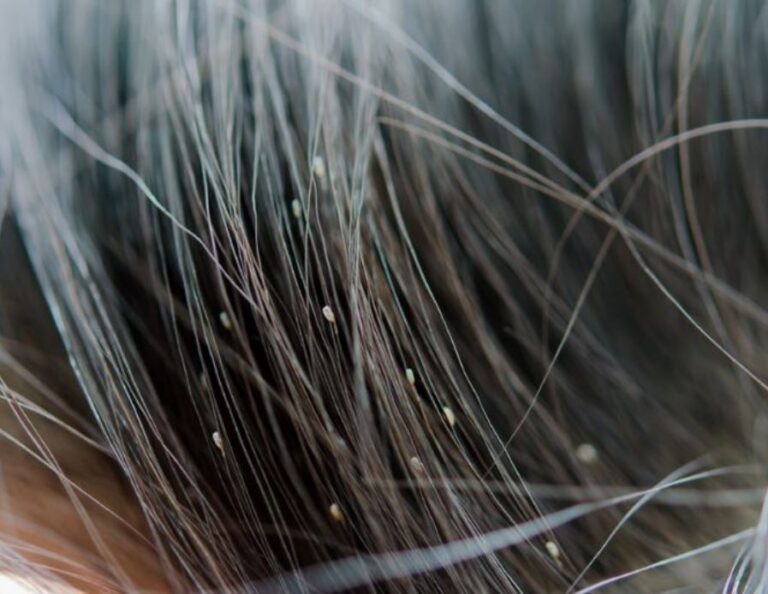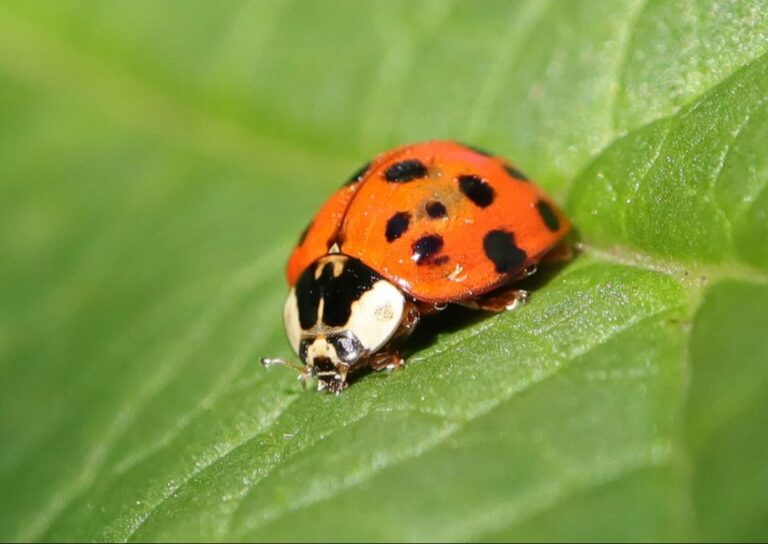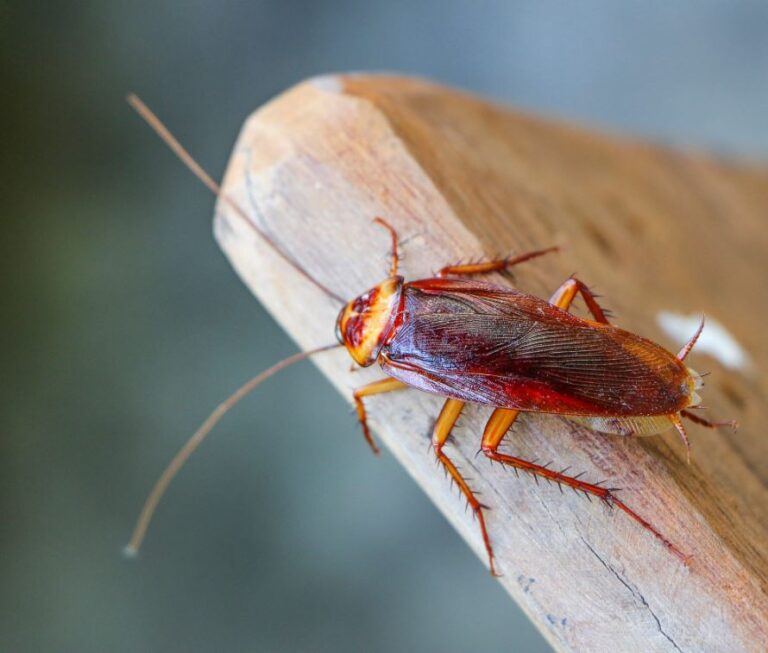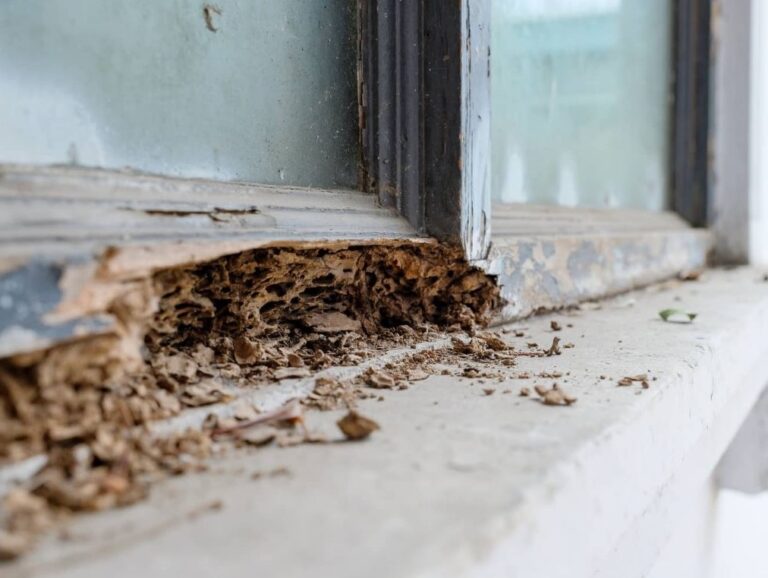The 3 Most Common North Carolina Venomous Spiders: Full Guide
Spiders are fascinating creatures that play a crucial role in controlling insect populations. However, when it comes to venomous spiders, caution is necessary—especially in North Carolina, where a few species can pose health risks. While most spiders are harmless, knowing how to identify the dangerous ones can help you stay safe.
In this guide, we’ll explore the three most common venomous spiders in North Carolina, their identifying features, habitats, bite symptoms, and what to do if you encounter one.
1. Black Widow (Latrodectus mactans)
Identification:
- Color: Glossy black with a distinctive red hourglass marking on the underside of the abdomen.
- Size: Females are about 1.5 inches (including legs), while males are smaller and less venomous.
- Web: Irregular, tangled webs, often found in dark, undisturbed areas.
Habitat:
Black widows prefer dry, sheltered spaces such as:
- Woodpiles
- Sheds and garages
- Under rocks or decks
- Basements and crawl spaces
Bite Symptoms:
- Immediate sharp pain (like a pinprick) followed by dull aching.
- Muscle cramps, nausea, and sweating within hours.
- Severe cases may cause elevated blood pressure or difficulty breathing.
What to Do If Bitten:
- Wash the area with soap and water.
- Apply a cold compress to reduce swelling.
- Seek medical attention immediately, especially for children or those with severe reactions.
2. Brown Recluse (Loxosceles reclusa) – Rare but Present
Identification:
- Color: Light to dark brown with a dark violin-shaped marking near the head.
- Size: About 0.5 to 1 inch in body length, with long, thin legs.
- Eyes: Unlike most spiders (which have 8 eyes), the brown recluse has 6 eyes arranged in pairs.
Habitat:
Brown recluses are reclusive (as the name suggests) and prefer:
- Attics and closets
- Cardboard boxes
- Behind furniture
- Basements and storage areas
Bite Symptoms:
- Initially painless, but within hours, it may develop into:
- Redness, swelling, and severe pain.
- A necrotic (tissue-destroying) ulcer that forms over days.
- Fever or chills in rare cases.
What to Do If Bitten:
- Clean the bite with antiseptic.
- Apply ice to slow venom spread.
- Seek emergency care—anti-venom or antibiotics may be needed.
3. False Black Widow (Steatoda grossa) – Mildly Venomous
Identification:
- Color: Dark brown or purplish-black, lacks the red hourglass but may have lighter markings.
- Size: Similar to black widows but slightly smaller.
- Web: Messy, tangled webs like true widows.
Habitat:
Often found in:
- Homes (especially basements and window frames)
- Garages
- Under eaves
Bite Symptoms:
- Mild to moderate pain (less severe than a true black widow).
- Localized swelling and redness.
- Rarely causes serious medical issues.
What to Do If Bitten:
- Clean the wound and monitor for allergic reactions.
- Most bites resolve on their own, but consult a doctor if symptoms worsen.
Preventing Spider Bites in North Carolina
- Wear gloves when handling firewood or moving stored items.
- Shake out shoes and clothing before wearing.
- Seal cracks in walls, windows, and doors.
- Keep storage areas clean and clutter-free.
- Use insect repellent when working in spider-prone areas.
Final Thoughts
While venomous spiders in North Carolina can be dangerous, bites are rare and usually not fatal if treated promptly. By learning to identify these spiders and taking preventive measures, you can reduce risks and coexist safely with these misunderstood predators.
Have you encountered any of these spiders? Share your experience in the comments!

